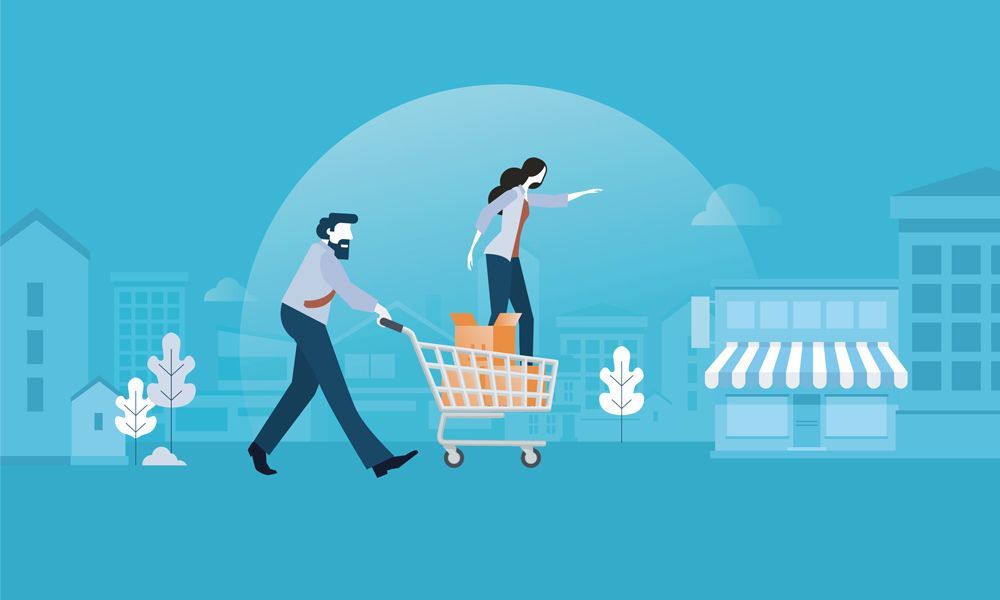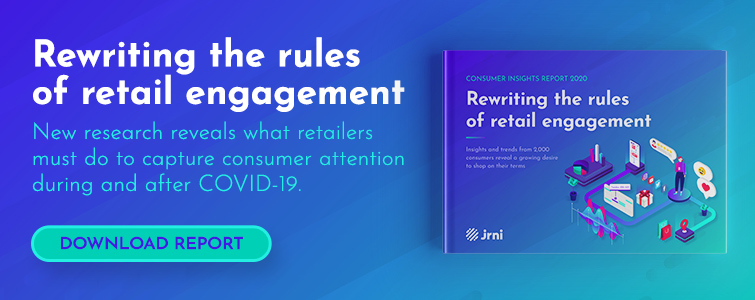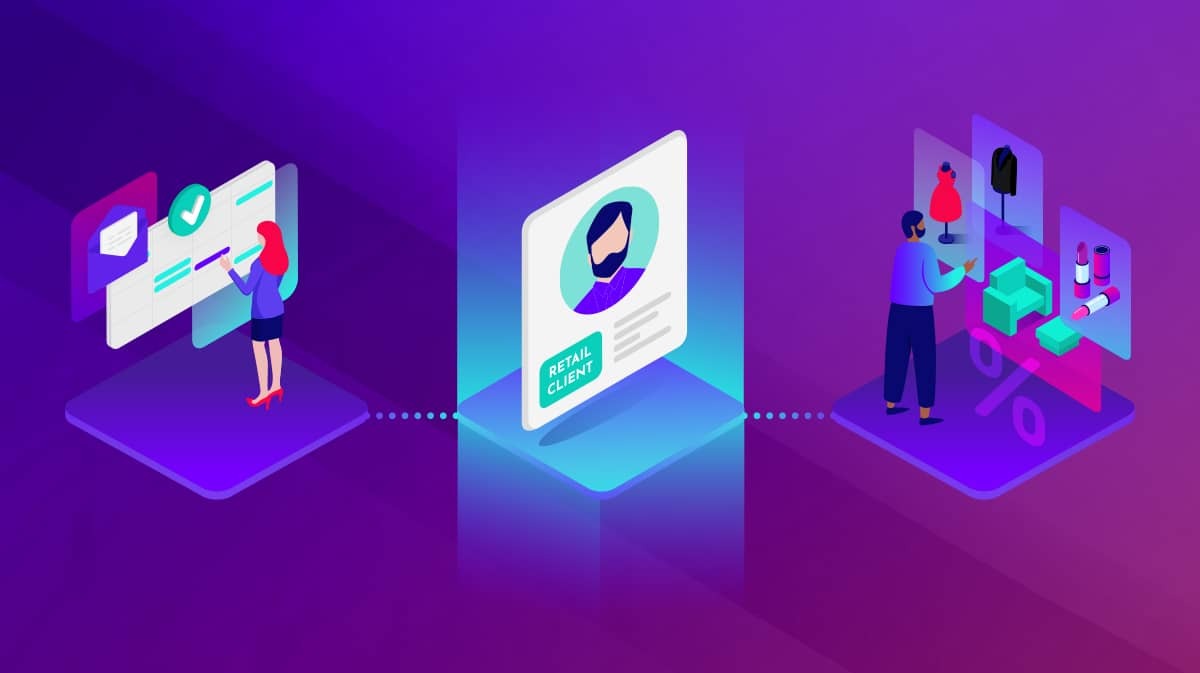Five Retail Predictions That Will Define the Way Consumers Engage with Brands and Who Will Come Out on the Other Side

Introduction
Digital transformation has impacted every aspect of our daily lives - both as consumers and as businesses. From coast to coast and “across the pond,” as they say, daily news cycles continually highlight another brand closing locations, reducing workforces and eventually going out of business completely as retailers struggle to keep up with online demand.
I often get asked the question, “Hayley-Jane, why is this happening?” The reality is that it’s not just one thing–it’s many. The catalyst, however, is the accelerating rate that consumers are shifting from in-store to online shopping, with significant growth in mobile. Just take a look at how larger retailers have evolved in the last few months -Amazon, Wayfair, Overstock, the list goes on and changes daily.
Although this is the trend today, it doesn't mean that it will be the reality of tomorrow and that all brands with a physical location should just pack it in. What it does mean is that the pressure is on for retailers to step it up, and find that connective tissue between their online presence and brick and mortar locations to make a seamless, engaging and cohesive customer experience.
For those of you who think having a mobile responsive site, social media channels and maybe an app is good enough, you may be on the cusp of margin decline, or worse–becoming a “has been” brand who will eventually be highlighted in a future BuzzFeed Top 10 list of “Brands Gen-Z Will Never Know Existed.”
So, now that I have your attention, I want to help.
The following five predictions are how I see the shifts in retail playing out over the next 5-10 years. My hope is that these may help you find versatility between online and brick and mortar and create a customer experience for the consumers of tomorrow before it’s too late:

1. Balance between price, service and quality: While lower-cost shops are likely to become more boutique-like, if they want to keep consumers coming back, they will need to know the margins well to ensure they don’t try to overstretch themselves by being too service driven.

2. Online research and in-store pickup/purchase will continue: For various reasons, starting online and ending in-store will continue to be a process for many retailers. For example, post offices here in the UK are closing, and if I’m not there when I’m getting a delivery, I now need to drive 15 miles to pick it up from the depot. In that amount of time I may as well have gone directly to a physical shop! Companies that can support and scale more of this online to in-store behavior (e.g. collection with the ability to try on or discuss with someone) will be more successful than those that keep things status quo.

3. Behavioral Predictability to Proactively Engage Your Customer: Customer engagement is more than discounts and reward points. Really getting to know who your customer is, what they like, what they do (or might want to do), before you set anything up, is much better than trying to play catch up afterwards when they ask you to change something. This rings true for across all industries and applies to all brands– even here at BookingBug.

4. Agility is more than a buzzword– it is THE word: “Agile" is a real buzzword, especially for tech companies, but it should be seen as a company ethos rather than a technology methodology, and is central to providing a great customer experience. If retailers are talking about themselves as digitally native, I suspect they use a lot of the agile methodology to ensure they are open to changing things quickly, and are aiming to try new things so they can experiment with what makes their customers more or less satisfied. Those that have the realization that digital transformation is an ongoing and an evolutionary landscape that keeps you on your toes, will be the better for it.

5. Customers are becoming digitally native: Introductions to technology are happening earlier and earlier in life–think of those 5-year old children who happily tap away on an iPad! This means that consumers of today (and especially tomorrow) expect to receive an experience that suits them and their lifestyle, and it’s up to you to tailor and personalize your approach to each person (e.g. the expectations of an 18-year old shopper are very different from a 70-year old who doesn’t do a lot of tech-based activities). Brands that are aiming to engage and attract the 18-30 age group must have a digitally native process in mind, as this is absolutely key to providing the experience the shopper expects. An 18-30 year old is not going to expect catalogue-type shopping for example – they want to “try it on,” take selfies, and eventually see stars wearing the same thing as them.
Now, I will let you in on a little secret. At the end of the day, no one person knows exactly what's going to happen or how things will really play out. But, we do know change is not eminent–it’s happening, and very, very quickly. Those brands that remain enlighten to this notion, hungry to improve and grow, and stay agile to the continued changes, are more likely to do well vs. those who are stuck in their ways.
How can you capture consumer attention now and in the future? Check out our recent research to find out!




